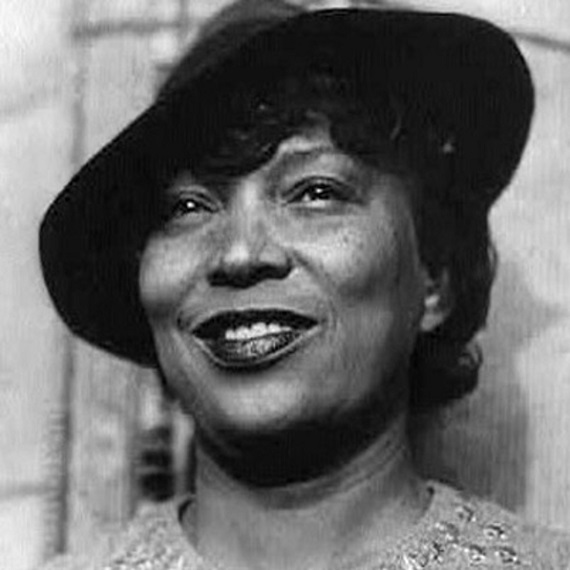
In the beginning, there was no segregation, certainly not in the sense that we commonly use that term today. Consider in evidence our Southern distinctiveness, which is rooted in a folk culture compounded of black and white influences: our modes of speech; our rich cuisines and rites of conviviality; our varied and original musicality; our arts and crafts; our story-telling traditions; our sometimes unbridled passion for sport; our legends and superstitions; our humor; and our attitudes towards work and leisure. (For an exhaustive catalog, see The New Encyclopedia of Southern Culture, now four volumes long.) From the South Carolina Sea Islands to the Piney Woods of east Texas, these overlapping folk traditions thrive, and, despite many local variations and anomalies, they bind Southerners together into a unique people, regardless of race or class. Nor is Southern folk culture exclusively a product of the rural South. Charles Joyner, in his Shared Traditions (1999), insists that for the most part folk culture is portable, and also thrives (and is sometimes transformed) in urban milieus. As more than one historian has noted, African slavery was a relatively late development in the Northern states. When slaves arrived in places like New York or Pennsylvania, they entered long-established communities and had very little role in shaping the local cultures. Indeed, in the North, they were never more than 10% of the slave population of colonial North America. In the South, slaves were among the earliest settlers. Blacks and whites in the South have always been fellow travelers, and have as often as not lived cheek by jowl, at least until recently.
More @ The Abbeville Institute

No comments:
Post a Comment